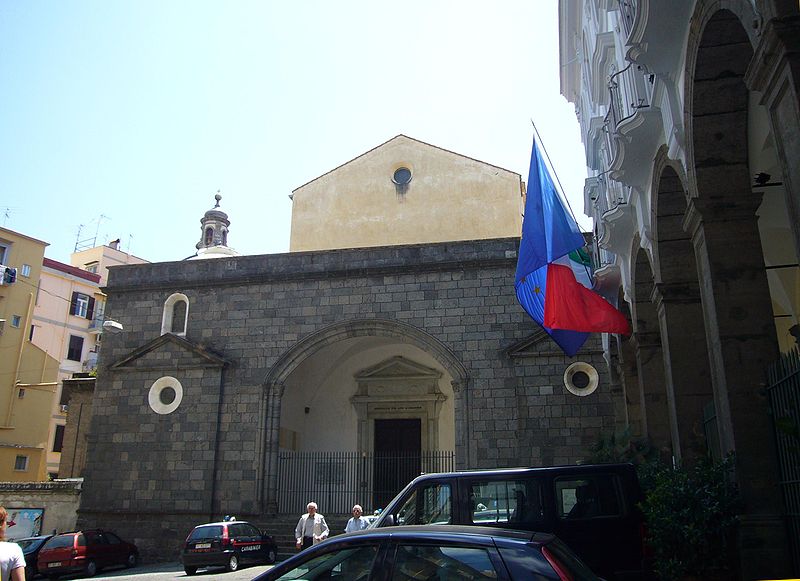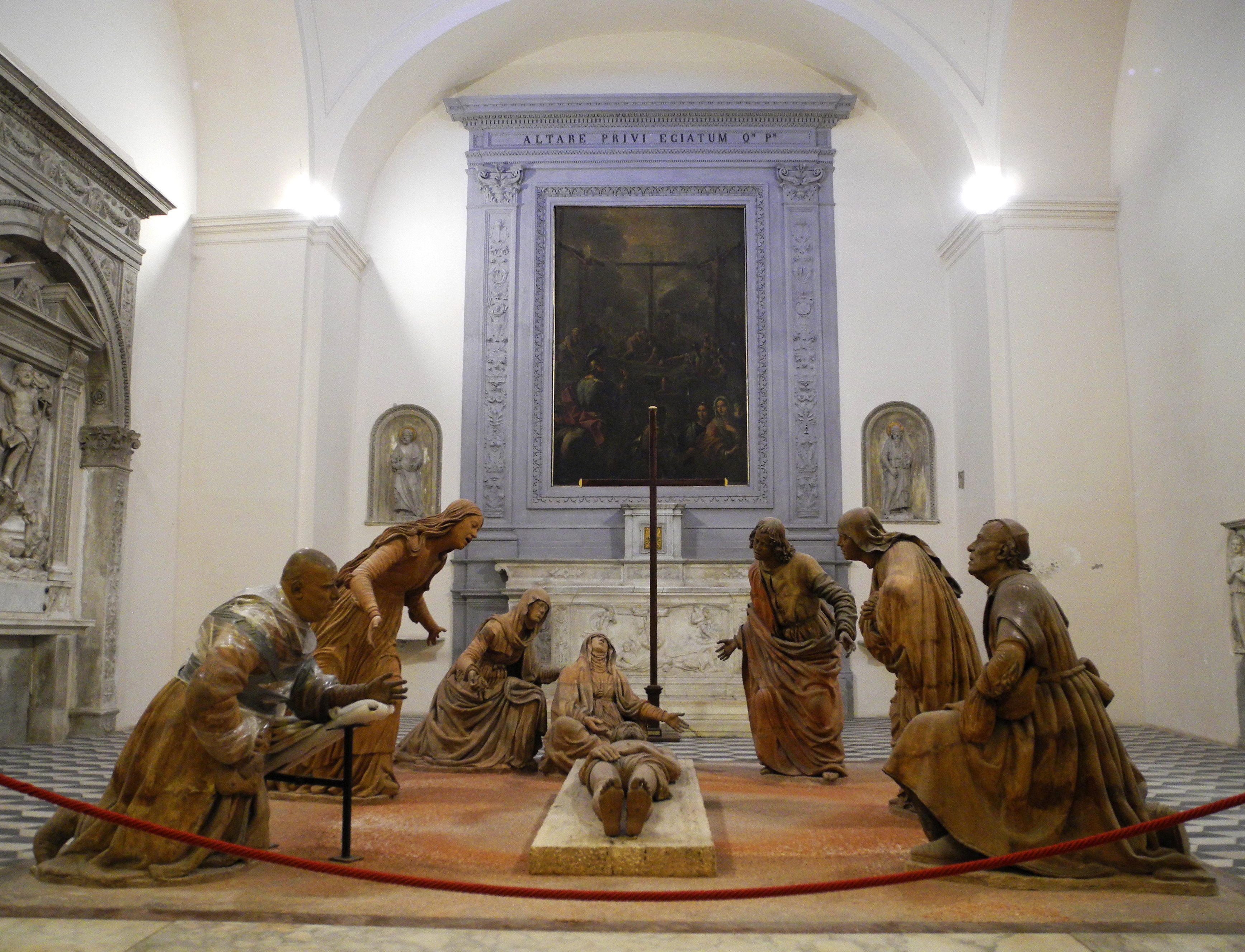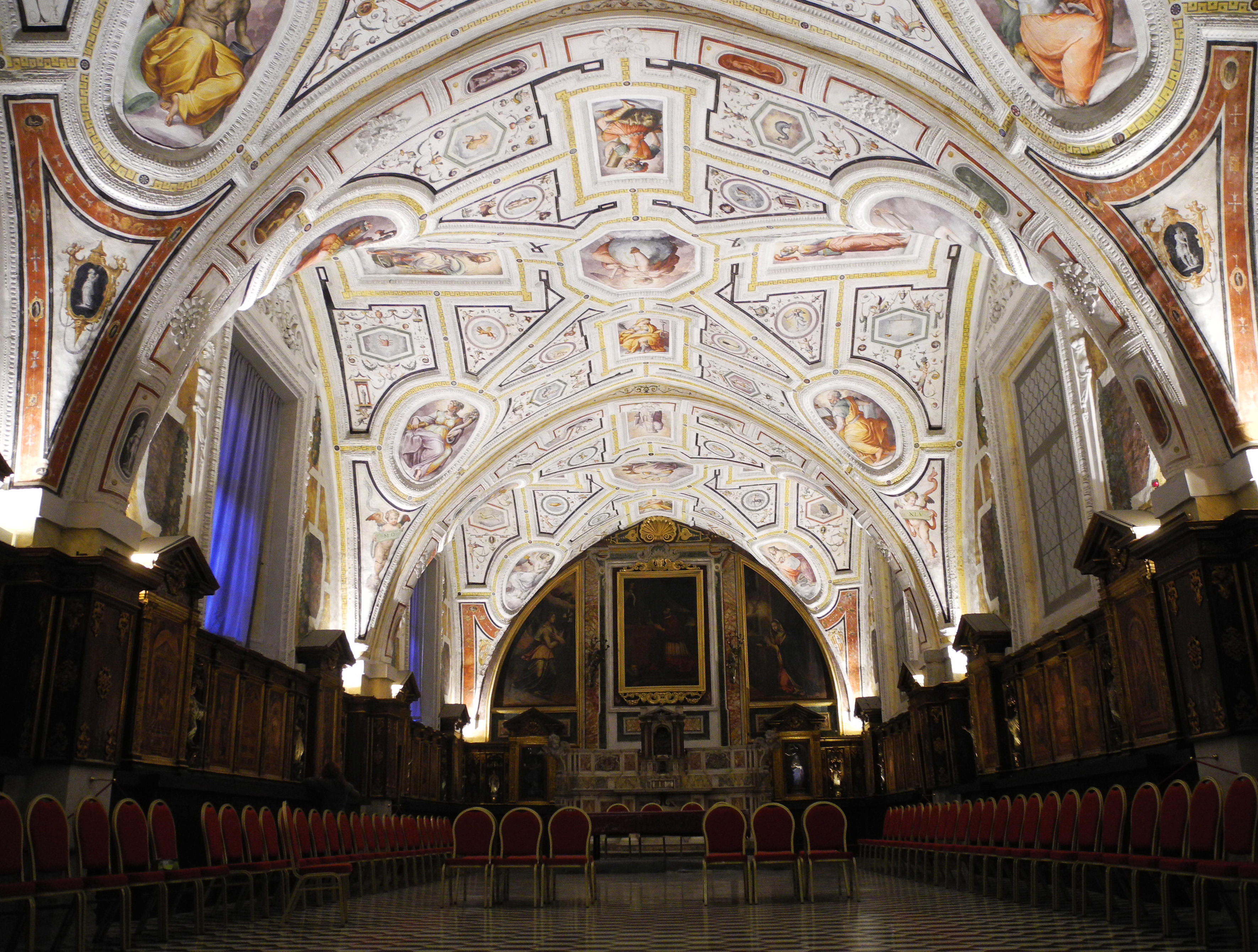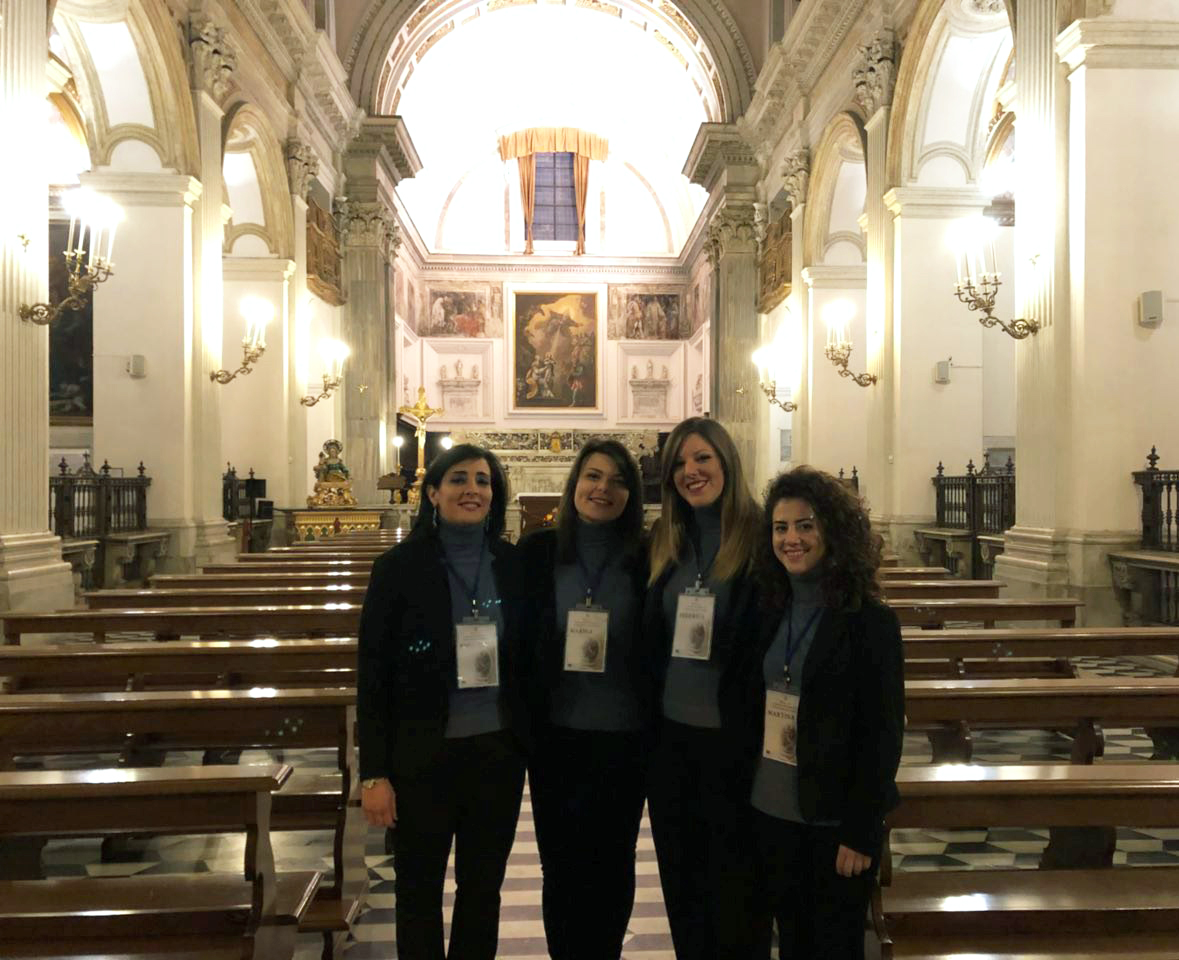The beauty and charm of the city of Naples are known all over the world. Cathedrals, churches, sculptures, museums... so on and on, put on more! Naples is a daydream, and those lucky enough to be able to live it cannot fail to admire its most precious gems, which have bravely challenged the passing of the centuries. Today we talk about the splendid church of Sant'Anna dei Lombardi and its history. This place is a balm for the soul the moment you set foot there!
Sant'Anna dei Lombardi, a particular story
The beautiful church of Sant'Anna dei Lombardi, located in Piazza Monteoliveto, has for centuries been the subject of various events that have seen it as a protagonist. In fact, this sacred place has been known for most of its history under the name of Santa Maria di Monteoliveto. This is because in the beginning the structure was an Olivetan Benedictine monastery, founded in 1411 by Gurello Origlia, protonotary of King Ladislao of Durazzo. The name changed at the end of the eighteenth century, when the Olivetans lost possession of it. The then Archconfraternity of the Lombards, which had settled in the Neapolitan city to follow up on its business, in turn lost a church, and therefore decided to take possession of it, which was later baptized with the name of Sant'Anna dei Lombardi. Indeed, the appearance that the church must have had was completely different from the original one, since the four annexed cloisters were spun off.

These today are part of the Barracks pastrengo and Post, and no more of the sacred complex.
The structure and the preserved works
The church testifies to the close link between Naples and Tuscany, in fact many Tuscan workers worked there. This is demonstrated by the altars placed at the entrance and by the chapels, which are the product of a happy marriage between Neapolitan and Tuscan Renaissance. These are the chapel Piccolomini and Mastrogiudice - Correale, which preserve works by Antonio Rossellino and Benedetto da Maiano, leading figures of the Tuscan school of the period. The Correale chapel and the Piccolomini chapel are the most valuable, and in the latter the sepulcher of Piccolomini's wife (died just twenty years old). The bier recalls the style and features of the one located in the chapel of the Cardinal of Portugal, in San Miniato al Monte.

The church was very dear to the king Alfonso of Aragon, who used to commission various works to embellish this pleasant place. Inside we find enchanting spaces, such as the Oratory of the Holy Sepulcher, which preserves a sculptural group in terracotta from the end of the fifteenth century, signed by the artist Guido Mazzoni, and the Old Sacristy frescoed by Giorgio Vasari, former refectory of the Olivetan monks and dating back to 1544-45. Part of the façade was rebuilt after the Second World War, due to the heavy damage suffered during the Allied bombings, especially in the Gothic atrium.
The Old Sacristy, the splendor of bliss
The hidden treasure of the church of Sant'Anna dei Lombardi is certainly there Old Sacristy, where the refectory was once housed. As you continue your visit, you don't expect to come across such splendor. The moment the lights come on, one comes to life sparkle which is not far from that of the celestial vault. The environment was completely frescoed, and recalls themes that look to faith, religion and eternity. In the beginning Giorgio Vasari was refractory to the post, since he would have had to work in an austere and gloomy place, due to the gloom that housed there. Taken by an artistic impetus, he whitewashed the room and decorated it with images of virtue, personified by (rather procacious) women who symbolized abundance, patience, etc. There is also a grotesque motif, the work of Vasari's collaborators.

The wooden inlays that can be admired are the masterly work of an Olivetan monk, Fra Giovanni of Verona, which he created with a wealth of particular glimpses of ancient Naples, animals, and musical instruments.
A winning team for a special church
The church of Sant'Anna dei Lombardi certainly represents a peculiar reality to be promoted. For this reason, a really motivated and competent team, which operates on behalf of the Parteneapolis cooperative. The team was able to make not only different types of professional contributions, but also a young and innovative spirit! Dr. Marina Diano, an integral part of the team, acts in a participatory and determined manner to the enhancement of the entire project, together with her valid adventure companions: doctors Mariateresa Esposito, Federica Villamaino, and Martina Iacuaniello. Dedicated to hospitality in the structure, they deal with various and profitable activities to optimize tourist flows, showing passion and commitment for every initiative. In short, with such a valid welcome, and an enviable artistic beauty, you have more than one reason to go and admire the splendid church of Sant'Anna dei Lombardi!






